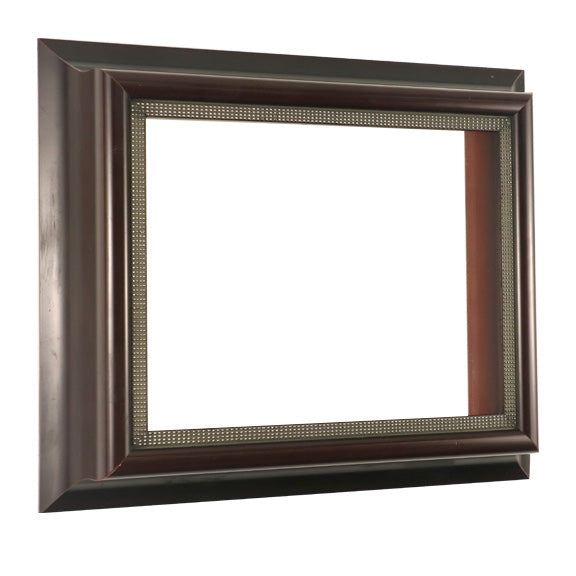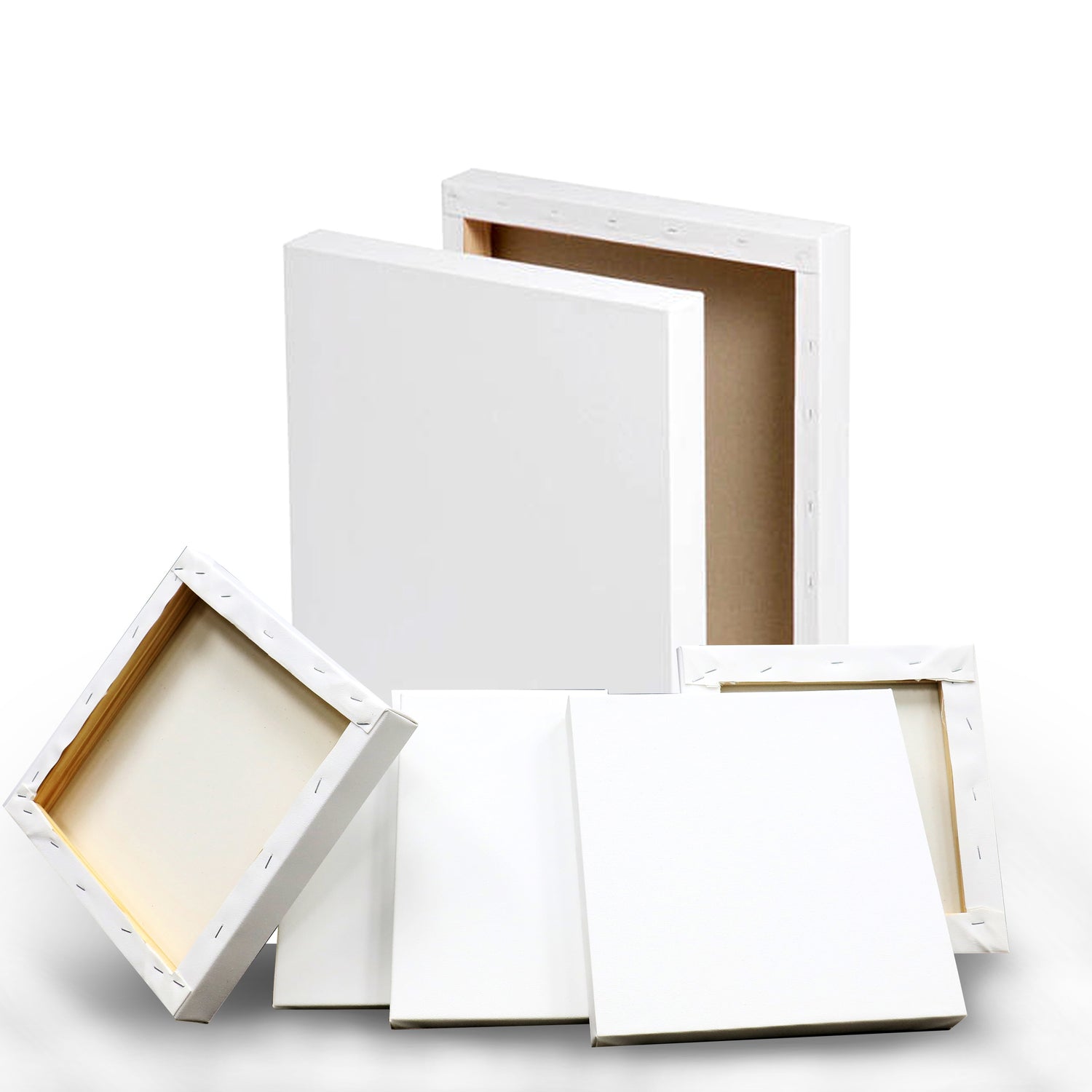
As an artist, the right frame can make a big difference in how a painting is presented. One great option for framing canvas paintings are Shadow box frames. They are deep frames often used for memorabilia framing and give your canvas breathing room, protection, and a unique gallery-style display. In this guide, we’ll explain what shadow box frames are, why they work well for canvases, how they differ from floater frames, and share handy tips on how to frame your canvas painting.
What Is a Shadow Box Frame?
A shadow box frame is basically a picture frame with some extra depth, almost like a small display case for your art. It leaves a gap between the glass front and the artwork, creating a 3D effect for objects or artwork. You can frame pieces with significant depth, in this case a thick stretched canvas, without the art touching the glass. The canvas sits back from the glass (often mounted on a backing or mat), and the glass or acrylic front protects it like a showcase.
Advantages of Shadow Box Frames for Canvas Paintings
-
Additional Depth: The space between the canvas and the glass gives your painting a greater presence than it would have in a flat frame, with subtle shadows that draw the eye towards your masterpiece. This three-dimensional effect can make colors and textures pop.
-
Protection for Your Art: With the canvas behind a glass front and set away from direct contact, a shadow box frame shields your work from dust, dirt, and accidental touches. Many shadow boxes use UV-protective glass and acid-free materials to preserve your painting’s colors and quality.
-
Fits Bulky or Textured Canvas: Shadow boxes can accommodate canvases with thick stretcher bars or heavy texture. There’s no risk of the paint or fabric pressing against the glass, so you won’t have to squeeze a deep canvas into a frame that's too shallow.
-
Gallery-Style Presentation: This framing style gives a polished, professional look to your masterpiece. Your canvas will appear to float in its own space, which is a sleek, modern way to display art. The frame itself can be simple (black, white, natural wood, etc.), keeping the focus on the artwork.
Shadow Box vs. Floating Frame
Shadow box frames and floating frames are sometimes confused, but they’re quite different. The difference between them is that a floating frame (or “floater” frame) has no glass at the front. The canvas is attached inside from the back, leaving a small gap so the art looks like it’s floating. Floater frames usually just outline the canvas with a slim border for a clean, minimalist look. A shadow box frame, by contrast, includes a clear front (glass or acrylic) and a much deeper structure that encloses the artwork like a case. Floater frames give an open, airy presentation, while shadow box frames provide an enclosed, protected display with added visual depth. In short, use a floater for a bare “floating” look, and use a shadow box if you want the canvas behind glass with extra space.
Tips for Framing Canvas Paintings in a Shadow Box Frame
-
Measure Your Canvas Depth: Make sure the shadow box frame’s interior depth is a little greater than your canvas thickness. That way, the canvas won’t touch the glass and has some space to breathe.
-
Secure the Canvas in Place: Insert the canvas from the back of the frame and use brackets or screws (such as small L-brackets or offset clips) to hold the stretcher frame firmly. This prevents the artwork from shifting inside the box.
-
Use Spacers if Needed: If the frame is much deeper than the canvas, put foam board or wood spacers behind the canvas to position it at the right depth. Spacers help keep the canvas aligned and closer to the glass if you want it forward.
-
Choose a Complementary Frame Style: Pick a frame color and finish that complements your art. Many artists opt for simple black, white, or natural wood shadow box frames that showcase the artwork without distraction. The goal is to have the frame enhance your painting, not compete with it.
Shadow box frames offer a great combination of protection and presentation for canvas art. They give your painting breathing room and depth while keeping it safe behind glass. If you’re looking to elevate a special canvas piece, a shadow box can make it feel like it’s in its own mini-gallery. Consider trying one for your next framing project – you might love the result.


